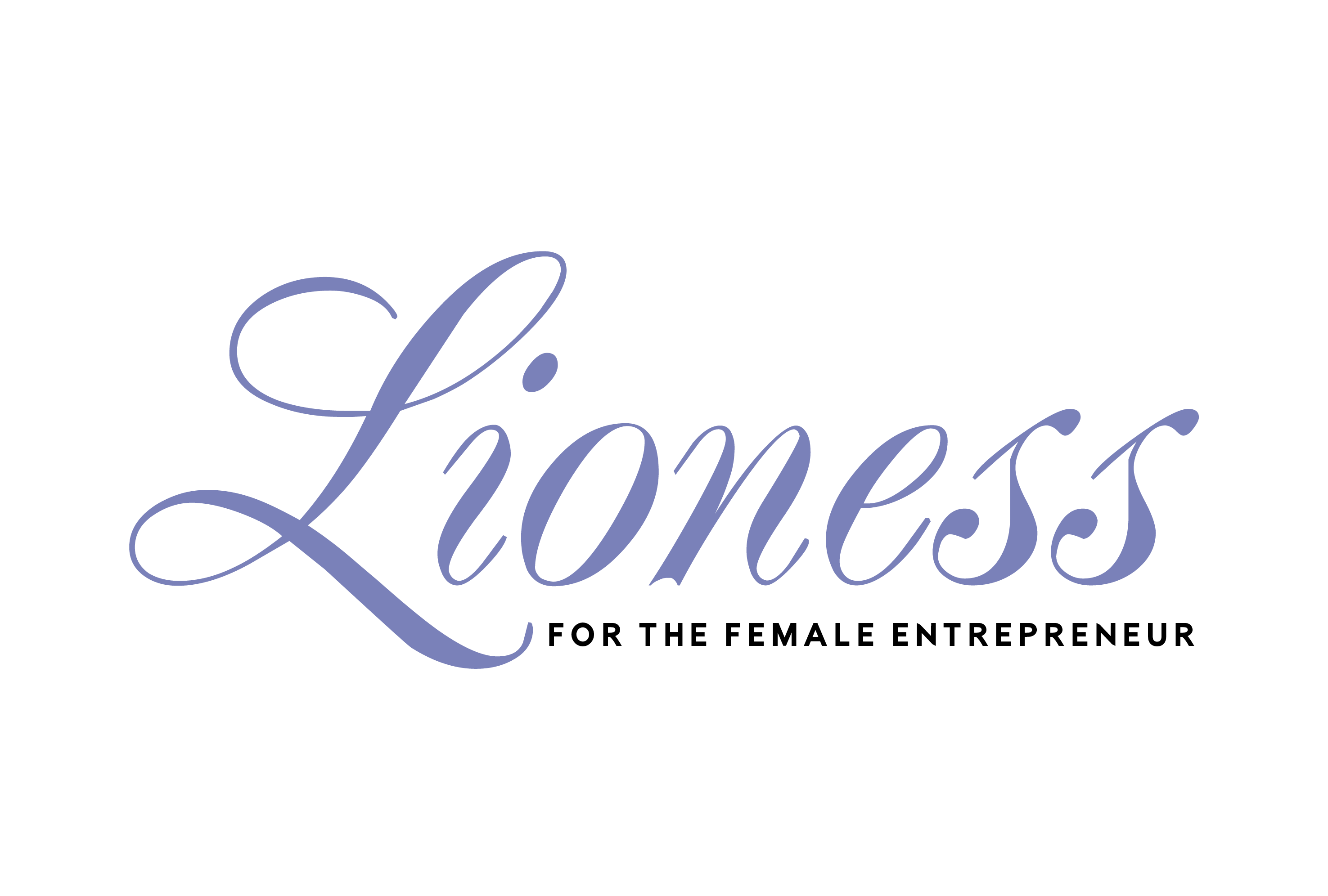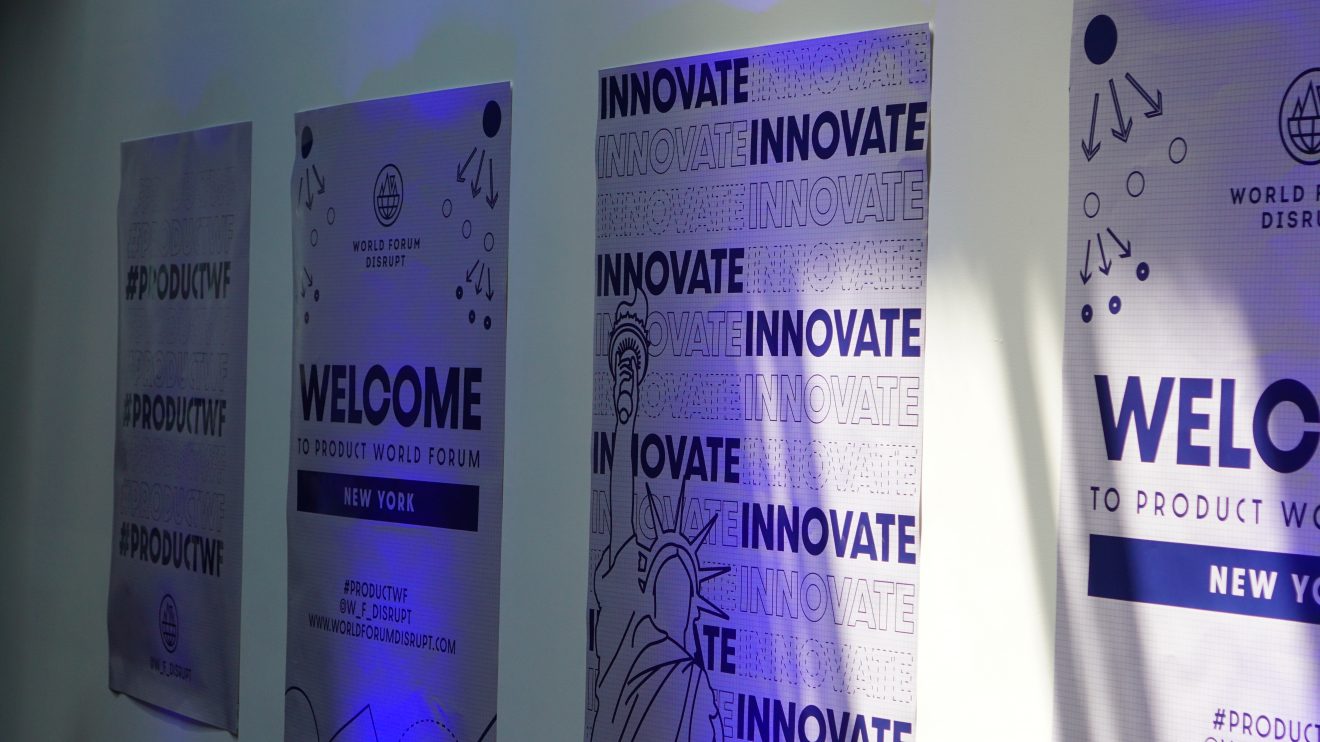On July 25, World Forum Disrupt brought together leading product management and development executives representing some of the large publishing and technology companies such as Conde Nast and Google. They gathered in New York for one massive day to provide insights on some of the innovative initiatives implemented at the world’s most successful organizations.
Here are 5 takeaways from the Product World Forum courtesy of Jess Morin, marketing manager of Upward Hartford:
The user is the driving force behind every successful product.
Whether you’re crafting a press release around a product launch or finalizing the design aspects of a new (or revamped) product, the primary goal is always to build a product around the needs, wants and limitations of the customer.
“Demographics are easy … you have to go deeper: it’s deeper than demographics, it’s deeper than psychographics. The goal is to describe the needs and wants of the customer and build a user persona … User research is imperative,” Saleem Malkana, VP of Product at AMC Networks, says.
Ritcha Ranjan, director of Product Management at Google, discusses the need to build user trust, particularly in the context of products evolving through machine-learning, as there is an inherent need for control from the user end. She polls the room to see how many people in the audience are familiar with Google Smart Compose within Gmail (almost all raise their hands) and discusses the deep user-testing involved in its final release as a non-obtrusive feature that people can simply type over without being “auto-corrected” or otherwise edited in their communication via email.
Your team is your greatest asset.
Daniel Alvarez, VP of Product & Design at NBC Universal, speaks about the benefits of unified intake for centralized teams and the importance of saying “no” to avoid overload. “Empower your team to say no — not ‘maybe later,'” Alvarez says. He recommends making time for focused brainstorming and design-thinking sessions to engage your team from start, to mid-project, to finish.
Establish a cohesive vision.
Sarah Raymond, director of Product at Spotify, talks about the importance of cross-team alignment on outcomes first and foremost in the product road-mapping process. “Roadmaps are a way to anchor people … We look at engineering, UX, marketing, etc., as one team: you’re almost setting yourself up for failure on a roadmap without tapping into the people from different areas of the business,” Raymond says.
Fail faster, win longer.
Chrissann Gasparro, head of Meredith Product Studio at Meredith, notes the importance of failing faster together to win longer together: “Test concepts early and quickly with the same consumers you seek to reach in the market,” Gasparro says. Ashley Phillips, director of Product at Venmo, suggests using the road-mapping stage to course-correct product ideas/adjustments with your team before even hitting the market through user-testing.
Content IS a product and helps to drive product success.
Gasparro’s team views content as a product, as it is designed, packaged, tested and optimized. She also understands its value in providing product teams with the necessary data to accurately build a customer-centric product. “Content provides a nimble and responsive POV into consumer needs, pain points, interests and intent,” she adds. Gasparro uses the example of front-door plant subscription service Knock! Knock! as a product built in response to trending content from Meredith’s suite of digital magazines.
View the full presentations from Product World Forum New York, free on WFD TV.
Reporting courtesy of Jess Morin of Upward Hartford.







Add Comment